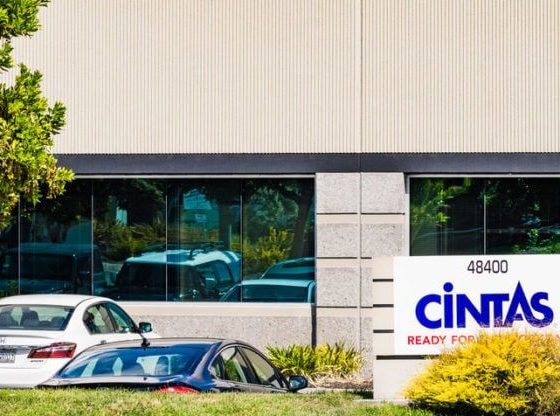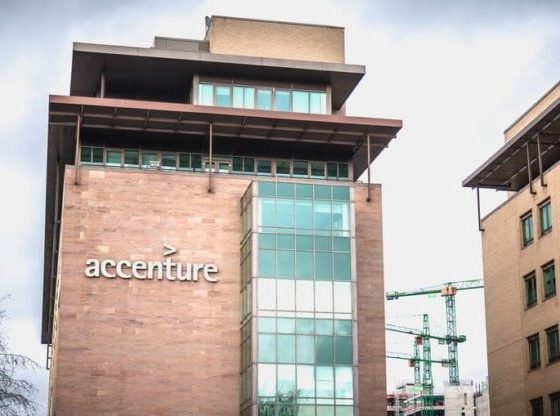Tesla (TSLA) and Nvidia (NVDA) stocks have done well in the past few days as American equities bounced back. Tesla has jumped by over 33% from its lowest point in August and is slowly nearing its highest point this year. It has jumped by over 75% from the year-to-date low.
Nvidia has jumped by over 137% this year and is up by over 30% from its lowest level in August this year.
Tesla’s growth concerns remain
Tesla, the biggest EV company in the world, has done well even after it published weak financial results.
Its rebound is primarily because of two main factors: robotaxis and a cheaper vehicle. Tesla hopes to launch robotaxis in key cities, a move that some analysts believe will help it become a big competitor to Uber and Lyft.
In a recent earnings call, Elon Musk reiterated his belief that the robotaxi industry, helped by its full self-driving features, was a multi-trillion dollar opportunity for the company.
Tesla has started testing these features in China, where Musk has established a good relationship with the country’s leaders.
Additionally, Tesla is working on a cheaper vehicle as it works to fend off its Chinese rivals. A good example of this is BYD, a company that churns out cheap vehicles with many features. One of its upcoming hybrid vehicles will have a 2,000 range without recharging and refueling.
Tesla needs these products to work to justify its valuation. While Tesla has always been a highly overvalued company, this happens at a time when it was a near monopoly in the EV industry and when its sales and margins were growing.
Tesla has a trailing twelve-months (TTM) price-to-earnings ratio of 97 and a forward multiple of 97, making it one of the most overvalued companies in Wall Street. It also trades at a forward price-to-sales ratio of 7.30, higher than the sector median of 0.92.
These are called diamond patterns. Diamonds can be continuation or reversal in nature. They are rare in nature and are a girl’s best friend Will $TSLA become another $COST My guess is YES Only Xers I follow can reply… …so, what say you?
Nvidia is riding the AI wave
Nvidia has also become one of the fastest-growing companies in the US because of the ongoing demand for AI products. Its annual revenue jumped from over $10 billion in 2019 to over $60 billion in 2023.
The most recent financial results showed that its second-quarter sales surged to over $30 billion, a big increase from the $28 billion it made in the previous quarter. Its revenue in the first two quarters of the year was almost in line with what it made in 2020.
Nvidia is benefiting from three main factors. First, its GPU technology is substantially ahead of its rivals like AMD and Nvidia.
Second, its secret sauce is the Compute Unified Device Architecture (CUDA), a software package that lets developers use GPUs for general-purpose computing. Third, it is benefiting from the estimated $1 trillion AI infrastructure investments.
The challenge, however, is that there are signs that the AI industry is starting to slow down since infrastructure investments have moved ahead of AI adoption. Also, like with Tesla, there is a risk that AMD is starting to gain market share in the GPU industry.
Are NVDY and TSLY good options?
Many Tesla and Nvidia investors are starting to allocate money on key ETFs that give them exposure to the stocks while generating monthly payouts.
The YieldMax TSLA Option Income Strategy (TSLY) ETF has accumulated over $700 million in assets, thanks to its 83% yield.
On the other hand, the YieldMax NVDA Option Income Strategy ETF (NVDY) has over $980 million in assets and a 77% yield.
These funds are similar, with the only difference being the assets they hold. In TSLY’s case, the fund’s holdings are made up of US Treasury notes and synthetic TSLA shares.
Most covered call ETFs initially invest in the underlying asset and then sell call options of the same asset. In TSLY and NVDY’s cases, they use synthetic assets that is based on the value of the underlying security.
After buying the synthetic asset, the fund then sells call options contracts on the companies to generate income. These options are sold short since the company does not own the real asset.
Assume that the Tesla stock is trading at $100 and the strike price for the covered call is $105 and the premium received is $2. In this case, if the stock rises above $105.1, the fund will not participate since the strike price has been reached. This is a major limitation of these funds since they limit the upside.
When the stock rises to $105, the fund’s profit is the $2 premium and the $5 profit, bringing the total amount to $7. It then distributes the premium to investors.
The reality, however, is that the underlying stocks tend to do better than these covered call ETFs. As shown above, Tesla stock has dropped by 1.84% this year while the TSLY fund has dropped by 9.40%. NVDY has risen by 87% while Nvidia has jumped by 138%.
The same has happened in the last twelve months as the NVDY has risen by 170% while NVDA rose by 108%. TSLY has dropped by 13.3% while TSLA has fallen by 8.4% in the same period.
The post Are TSLY and NVDY ETFs good alternatives to Tesla, Nvidia stocks? appeared first on Invezz


